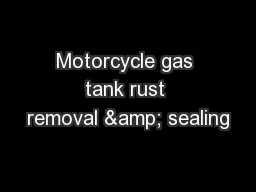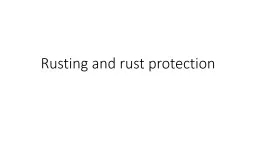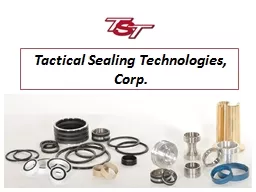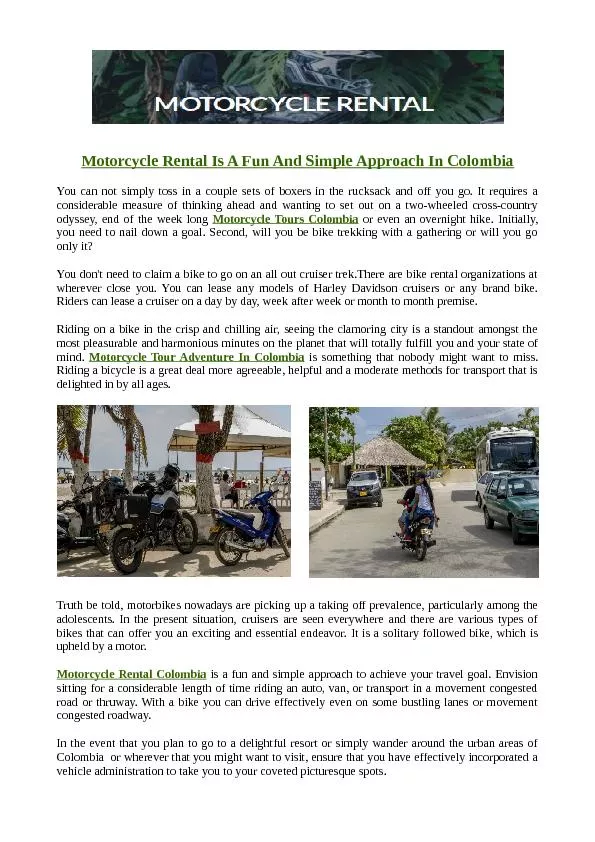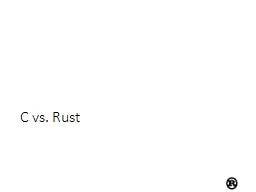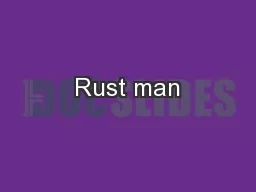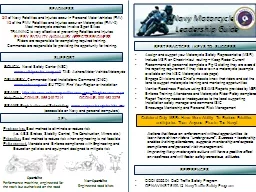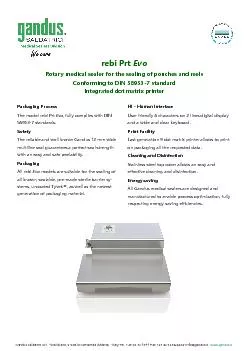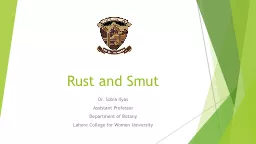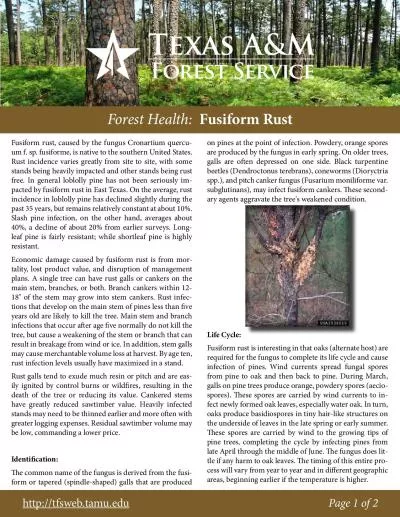PPT-Motorcycle gas tank rust removal & sealing
Author : debby-jeon | Published Date : 2016-12-14
Notes These are suggested instructions Only applicable to steel gas tanks Sealer wont work on plastic or fiberglass tanks My Honda CB750F needed the gas tank sealed
Presentation Embed Code
Download Presentation
Download Presentation The PPT/PDF document "Motorcycle gas tank rust removal & s..." is the property of its rightful owner. Permission is granted to download and print the materials on this website for personal, non-commercial use only, and to display it on your personal computer provided you do not modify the materials and that you retain all copyright notices contained in the materials. By downloading content from our website, you accept the terms of this agreement.
Motorcycle gas tank rust removal & sealing: Transcript
Download Rules Of Document
"Motorcycle gas tank rust removal & sealing"The content belongs to its owner. You may download and print it for personal use, without modification, and keep all copyright notices. By downloading, you agree to these terms.
Related Documents

